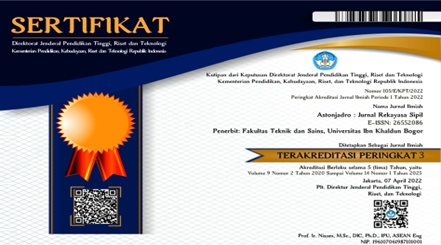ARTICLE TEMPLATE
SUPERVISED BY
PLAGIARISM CHECK
VISITORS STATS
Here are author guidelines for ASTONJADRO:
ARTICLE TEMPLATE
SUPERVISED BY
PLAGIARISM CHECK
VISITORS STATS
ASTONJADRO Indexed by:

http://ejournal.uika-bogor.ac.id/index.php/ASTONJADRO
This work is licensed under a Creative Commons Attribution-ShareAlike 4.0 International License.
https://scientiamilitaria.journals.ac.za/
https://conevidencia.cucs.udg.mx/
https://pafidesapancoranmas.org/
https://biograph.jurnal.unej.ac.id/
https://udayannursingcollege.edu.bd/
https://sharifmedicalcity.org/
https://publikacije.uninp.edu.rs/
https://editora-edufatecie.unifatecie.edu.br/
https://astragraphia.org/id/tentang-kami/dewan-komisaris/
https://revistas.itsup.edu.ec/
https://aswajanews.isnuponorogo.org/
